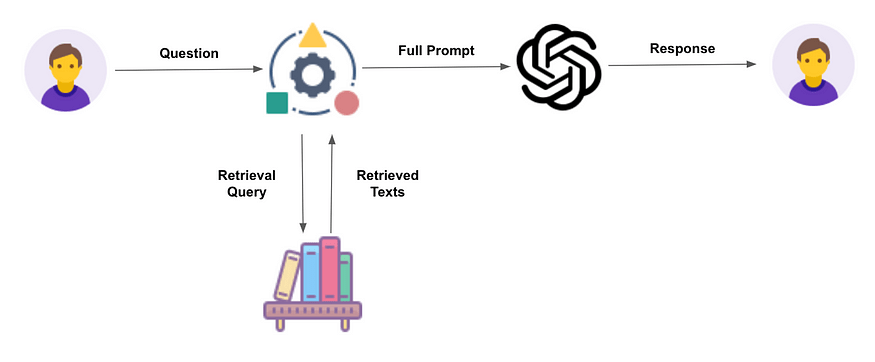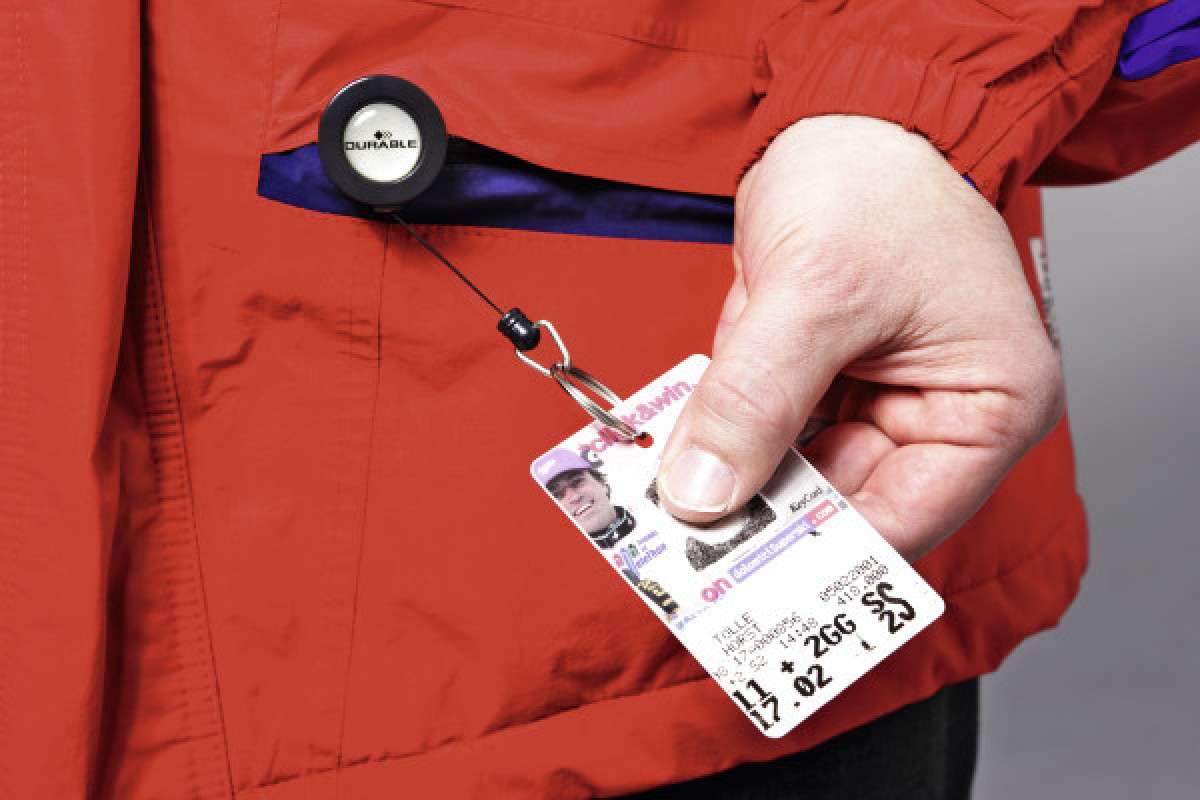Dreaming is human nature. We all yearn for something big and then try to achieve it in any way possible. If we try to figure out one common wish of every eCommerce retailer, it would probably be ‘high sales’ or ‘maximum profits.’ I mean, come on, it’s the primary reason every other business exists in the first place.
However, dreaming something and achieving something is where the number decreases. Every one of us dreams but few of us succeed. Most of us get stuck in the way. As an eCommerce retailer, we get stuck where we don’t know how to improve sales.
Today, we will talk about ten ways that could give you a heads-up in the sales game. Let’s get started:
- Create brand awareness
There is nothing more critical for a business than its awareness. It’s square one. I mean, what is the reason for your existence in the business world when no one even knows you exist? You may create a million-dollar product; if no one knows about it, then what is the point?

Therefore, it is imperative to create brand awareness. Suppose you have one, great. If not, then create one. When people come to know about your product, you are consequently going to get sales.
- Focus more on your loyal customers than retain customers
Always focus more on loyal customers. Yes, retained customers are good, but a retained customer may or may not buy from you again. When the time comes, they might go with someone else. They are preserved solely because they have not yet shopped elsewhere.
When online sales stop, our first thought is that clients have lost interest in us and have left. It’s a lot easier to keep and persuade clients who are already familiar with your brand and products than it is to find new ones from scratch.
A returning consumer will recommend you to others and will buy from you again. This frequently leads to high-quality referrals and excellent word-of-mouth recommendations. Loyalty is more than just spending money. Customers that are loyal to you will testify in your favor and act as champions for your company.
- Cross-sell and up-sell
Amazon’s profits are made up of 35% related products. Apply this concept to your online store. Consider including more information about your catalog on each product page and during each purchasing process step.
Cross-selling entails offering related products and accessories: what are the most often purchased items by your customers? What kinds of needs can a particular product elicit?
This method may also be used to find listings and top seller products on online marketplaces to add your products as relevant ideas.
- Integrate social media with your business
I always say this: ‘Social media is the most powerful tool in the business world.’
I mean, who isn’t on social media these days? All of us! With around 3.7 billion active users, social media could be a real deal maker for your business.
Depending on your specialty and audience type, the social networks with the highest conversion rates for e-commerce enterprises include Facebook, Pinterest, Twitter, YouTube, and Reddit.
Examine the influencers sphere as well, not just the billionaire personalities. Many young people out there with specialty audiences have a more negligible impact but higher conversion rates. Offer prizes, discount codes, or event invitations while growing your fan base and gaining exposure through reposts.
- Keep a close eye on web analytics.
Let’s assume you are running up an online store for which you have created a website. Everything looks perfect and good-to-go. It’s published, and people visit your website, but you do not know what is happening when visitors click on your website. You have no idea where those users are coming from and which pages they are visiting. How are you going to make strategies then?
There are some useful tools out there that let you track your conversions and analytics. I would suggest you go with Google Analytics.
Google Analytics is a good marketing tool for tracking what happens when visitors visit your website. This is highly valuable because it shows you where your website’s visitors are coming from.
- Plow-in helpful marketing tools.
Handling all the tasks manually could be tricky and time-consuming. Therefore, you need to ease up things and start using the tools that automate your whole marketing experience. Once you start using marketing tools, you will focus more on the tasks that need your attention.
There are tons of marketing tools out there that you could plow in your business. Start using the ones that you think could be beneficial and a game changer for your business.
- Invest in quality product image.
According to studies, well-presented food tastes better than food that is poorly plated food. Given the importance of appearance in our perceptions of things investing in high-quality product photography should have a similar impact on website users.
?Regardless of what you sell, include high-quality images of your products. ? no tiny thumbnails or poorly lit stock room shots. Make sure to include a variety of pictures.
Including pictures of your merchandise from every possible angle may seem excessive, but give it a shot. People, especially those who shop online, enjoy kicking a product’s figurative tires before making a purchase.
- Improve content quality.
Figures make e-commerce specialists salivate, but product content quality is the most critical factor in all of these techniques.
Aside from costs, product knowledge is the most important factor in buyer behavior. This holds for all of your catalog materials: the more content you provide to clients, the higher your online sales conversion rate will be.
Because e-commerce is a manly visual medium, pay attention to product photographs. Useful and diversified photographs should be included in your product pages.
Create bullet points and descriptions with distinct features and purposes. Examine SEO and experiment with the new keyword and phrase combinations.
Photographs can be added to your testimonials. And video is the future way: time spent on a page increases by up to 88%. Even a short video can make a big difference, clearly explaining your product and getting more impact on other channels and social networks.
- Outreach to potential customers.
Outreaching to potential customers is one thing that we skip as a retailer. Yes, inbound marketing is good. But sometimes, we have to go outbound and outreach to people who could be our customers.
Outreaching to potential customers is critical to the success of any company. It can also affect how customers perceive you. You will establish excellent customer relationships by making a positive first impression and retaining that impression.
- Remarketing
Any digital marketing venture, whether a PPC campaign or a Facebook advertising campaign, needs time, money, and work to complete. If you don’t use remarketing, you’re relying on potential clients to convert right away, which virtually does not happen (and is exactly as crazy as it sounds).
Remarketing is perhaps the single most efficient strategy to increase online sales, whether you’re remarketing your content or a specific time-sensitive sale offer. Remarketing not only keeps your brand in front of prospects’ minds, but it also presents them with a plethora of new conversion chances.
Given the increasingly fragmented customer experience, which now often spans at least a day and many gadgets, remarketing is also in line with how today’s consumers choose to shop ? anywhere and whenever they want.
Conclusion
That’s it! These are ten ways that you can implement to improve your sales. It is not a piece of cake to start getting high deals all of a sudden. But if you are on the right track, achieving apex sales is no enigma.









